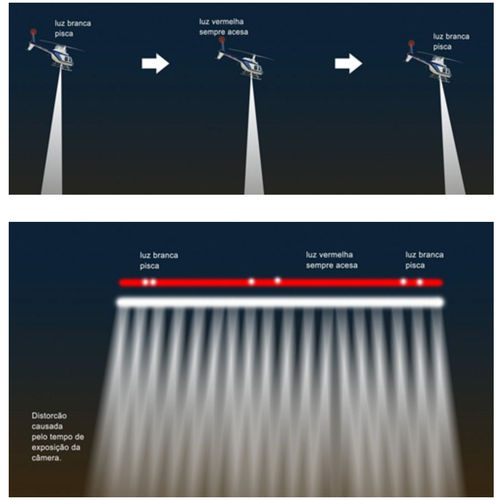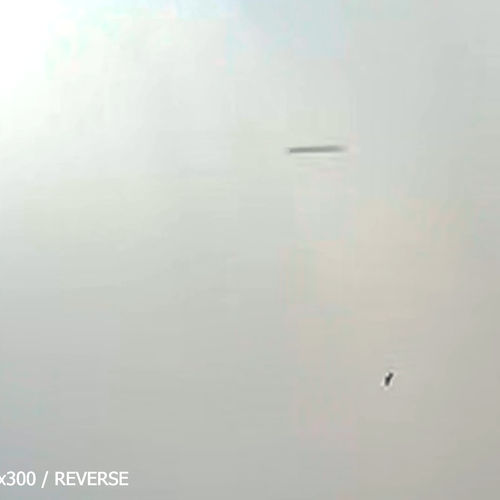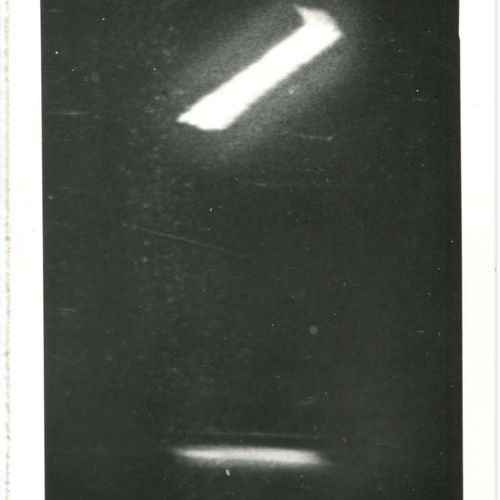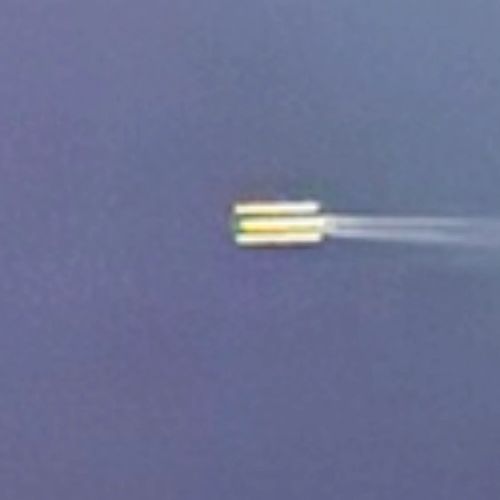| ID | #1476717615 |
| Added | Mon, 17/10/2016 |
| Author | July N. |
| Sources | |
| Phenomena | |
| Status | Result
|
| Resume |
Initial data
In a recording made using one of the telescopes in the Observatory on mount Mauna Kea, at 3:55 Monday, December 14, 2014, was captured by a mysterious cylindrical object.
Translated by «Yandex.Translator»
Original news
Le Mauna Kea est un volcan de 4205 m de hauteur, dans un état de repos, situé dans l'île d’Hawaii. C’est la plus haute montagne sur Terre si mesurée à partir de sa base, qui est près de 5.761 mètres sous le niveau de la mer. Globalement, donc, le Mauna Kea s’élève à 9.966 mètres, une grande partie de l'Everest.
En raison de son emplacement isolé, l'altitude et la proximité de l'équateur, le Mauna Kea est considéré comme le meilleur site dans l'hémisphère nord de la Terre pour l'observation astronomique. Sur le dessus, à une hauteur comprise entre 4.100 et 4.200 mètres, est l'observatoire sur le Mauna Kea, avec plusieurs télescopes, y compris certains des plus grands dans le monde, comme le télescope Subaru, le Keck I et II télescopes, le complexe du télescope infrarouge de la NASA.
Dans un enregistrement fait par un de ces outils, à environ 03h55 le lundi 14 Décembre 2014, a été filmé un objet cylindrique mystérieux, car il est arrivé avec une grande vitesse "dans l'atmosphère de la Terre. En le voyant ainsi dans le film projeté dans le site de l'Observatoire CFH - Canada-France-Hawaii Telescope, vous pouvez observer cet objet en forme de cigare qui ne possède pas les caractéristiques classiques de débris spatiaux, comme de nombreux fans astronomes amateurs pourraient soutenir.
Ce jour-là, aux alentours de 03h55, l'un des télescopes de l'observatoire Mauna Kea CFH, a capturé quelque chose de très inhabituel. Il était possible que ce soit un avion commercial qui soit passé à la verticale du Mauna Kea, parce que l'avion était mystérieux long et mince, il volait à plus de 4.200 mètres au-dessus de l'île. Un autre facteur important est que l'objet se déplaçait à une vitesse vertigineuse, laissant derrière lui une traînée de condensation blanche. Regardez la vidéo!
Hypotheses
Objects in motion, captured on a long exposure

Most often this artifact is called skayfish if the lens gets a passing bird or insect. It is based on the discrepancy between the speed of the video and the frequency of the flapping of insect wings. Essentially, each video drops a few strokes of the wings of an insect, which when viewed looks like "arrow", provided with long protuberances. The motion of the insect by its translucent body seems to "boom" and vibration of the wings give the appearance of bumps.
Investigation
Judging by the movement of clouds, the record made in TimeLapse mode, which is done one frame per a few seconds. In this case, most likely, each frame was shot with a slow shutter speed, because it is the camera of the telescope, which is designed for shooting heavenly bodies, located at a great distance from our planet, the discovery for which it is necessary to collect light for a long time.
It can be assumed that the camera did a single frame with an exposure of 15-20 seconds approximately every 30 seconds. This means that the object looks in the picture like a cylinder, really. likely point, and it is quite bright. Shooting with slow shutter speed bright moving on the sky object should give a result on the video shoot described above.
Based on the availability of the contrail behind the object, obviously, it's a plane. Bright well it did or reflected from the body of the light of the sun, or signal lights.
Translated by «Yandex.Translator»
Resume
Objects in motion, captured on a long exposure

Most often this artifact is called skayfish if the lens gets a passing bird or insect. It is based on the discrepancy between the speed of the video and the frequency of the flapping of insect wings. Essentially, each video drops a few strokes of the wings of an insect, which when viewed looks like "arrow", provided with long protuberances. The motion of the insect by its translucent body seems to "boom" and vibration of the wings give the appearance of bumps.
Similar facts
Log in or register to post comments









